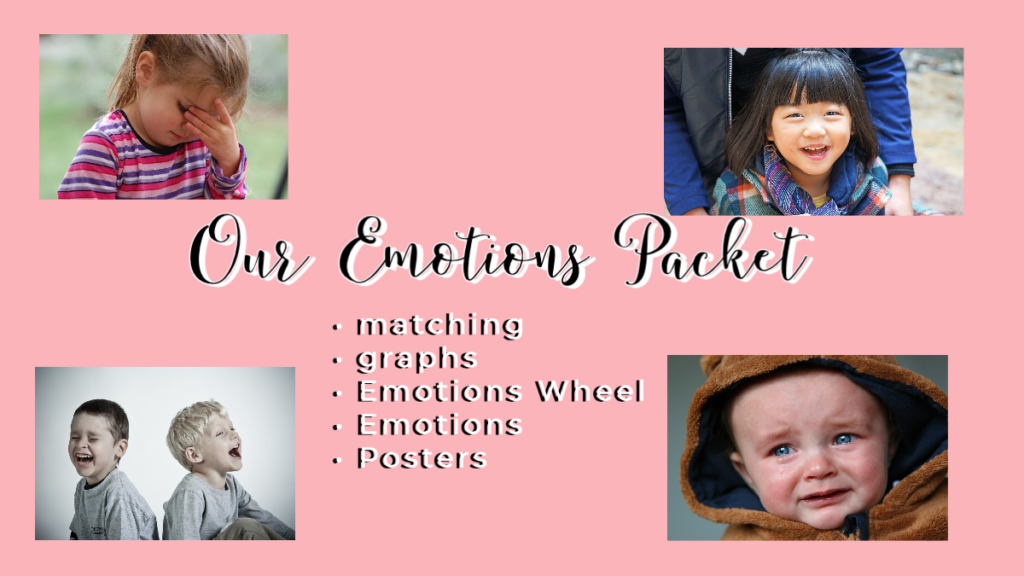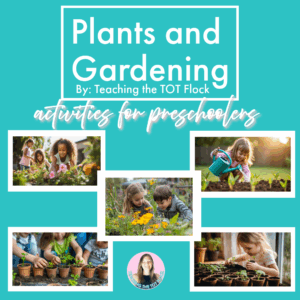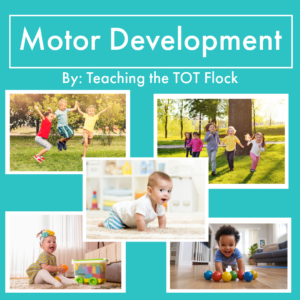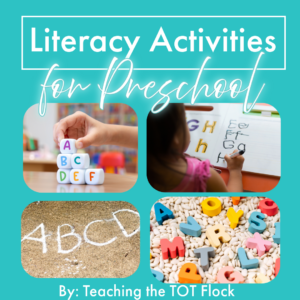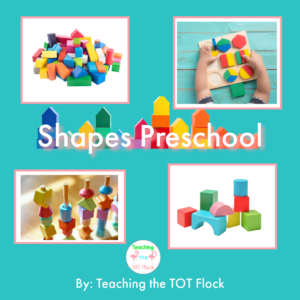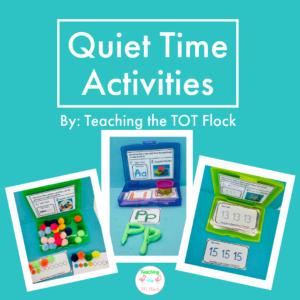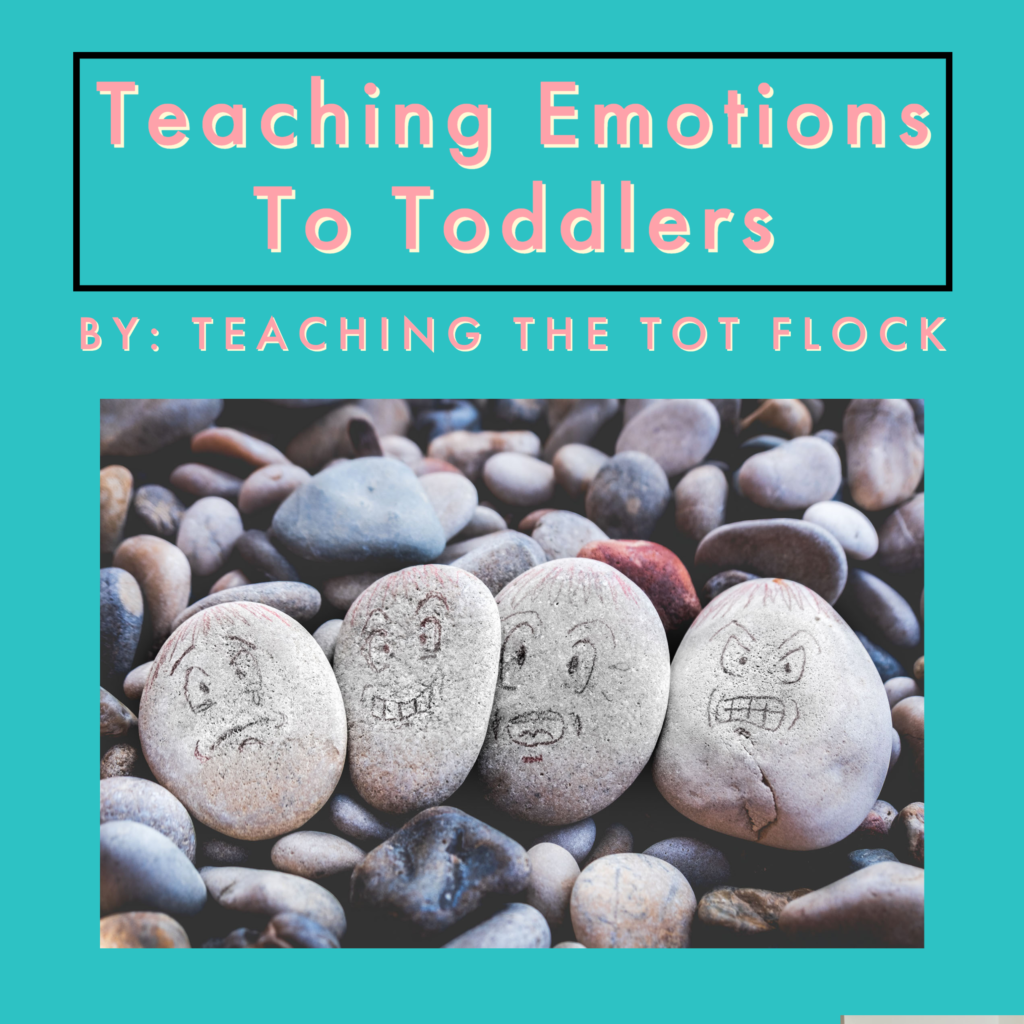
Emotions happy, sad, angry, or mad; can seem simple and complex. Either way learning about emotions is a foundational skill both person personally and socially for children. When children learn and understand their emotions they then learn how to self-regulate. Self-regulation as defined by Merriam-Webster states” the act or condition or an instance of regulating oneself or itself: such as; control or supervision from within instead of by an external authority, the bringing of oneself or itself into a state of order, method, or uniformity.
In order for anyone to be able to self-regulate, one must have the information and skills necessary to be able to regulate themselves and have success. In order for a child to be able to self-regulate their emotions, they must first understand and know how to label emotions. We as educators and parents can’t expect a child to be proficient in a skill when proper teaching is not in place. The topic of Emotion is big and one that should not be taught on a whim.
Emotions can be a hard topic as far as teaching goes. It requires thoughtfulness, intention, and purpose more so than other skills that also need to be taught. Some teachers may think that they are teaching emotions when in fact they talk about them but their little ones are not really improving on their understanding of what emotions are. Don’t let this fear be the reason why you skip this essential topic for toddlers to learn.
Teaching emotions can be simple and effective. Once children understand their emotions they can learn to cope with them in a manner that is age appropriate and beneficial to learning.
As a teacher, I used to cringe at the thought of this topic due to the daunting task. Now that I have mastered the skill of teaching emotions to children it guides everything that I do in my class. Get some coffee or tea, a pen, and paper, or take digit notes. Ready, set, action!
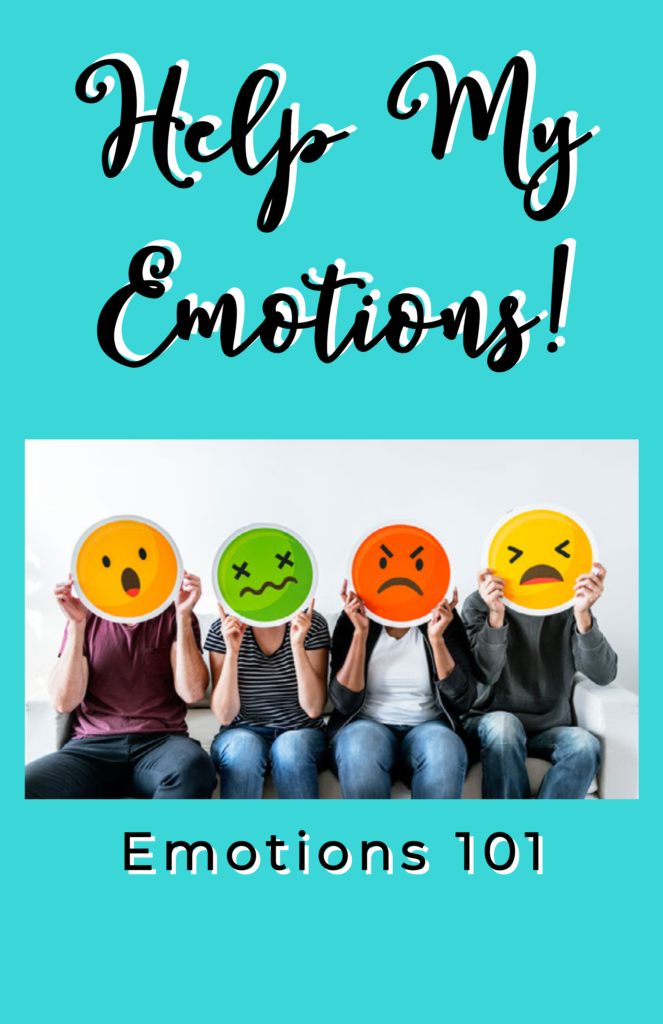
How to teach a toddler about emotions
So you want to learn how to teach toddlers about emotions. From my experience I have found teaching in real-time is the most effective and valuable. For example, when teaching toddlers someone is bound to cry at some point in the day. Labeling this emotion with words like you seem sad, or you seem hurt; gives the child the words to label how they might feel. By labeling the emotion portrayed in the child, they can then learn the words associated with the feeling/emotion. This is done through much repetition and over time.
Another example is when a child wants a toy that a peer is playing with or holding in their hands. The child who wants the toy might not accept the peer’s answer when they say no or don’t hand over the toy. The child who wants the toy might be angry at the answer given and also frustrated. When you label the emotion you are giving the child power in learning the proper names of what they are feeling.
As children learn and grow in their emotional expertise they can communicate with their voice and words will how they feel. This takes time, a long time. The level of understanding to reach the skill level for a child to use their words can take months. Emotions are not just a one-week lesson plan and do. I encourage a theme devoted to emotions, however; that is just the beginning of the emotions learning journey. Having a child be able to communicate their emotions is a huge step in their emotional development. Once a child understands basic emotions they can then show remorse and empathy when a peer might show signs of sadness.
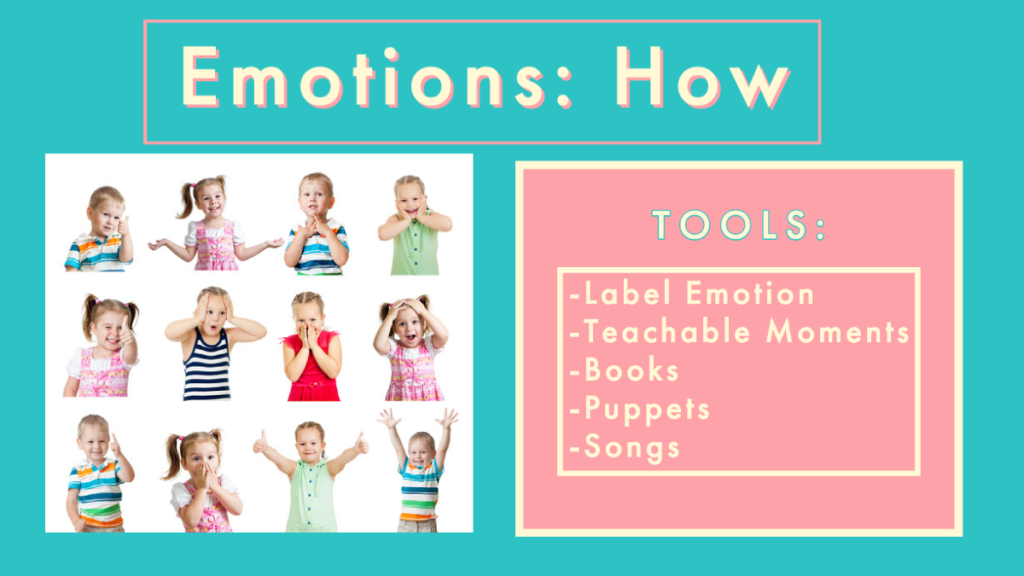
Teacher Tools
This topic allows for various tools that a teacher can use to enhance their teaching. When using tools to help teach key concepts it is best to use what you are comfortable with and know that your children will benefit from. My favorite teaching tools for teaching emotions are books and puppets. Books help children to learn through storytelling. They are also great to ask questions about the characters in the stories as they relate to the theme being taught. I also like to use puppets to show various emotions and act out different stories. The use of puppets is similar to reading a story however; the story is being acted out in front of them in real-time. The puppets also allow the children to have a turn and use the puppets in a manner that they might not otherwise have done.
Benefits of teaching emotions to toddlers
The benefit of teaching emotions to toddlers is for them to be able to understand their own emotions. This helps the child to learn how to regulate their emotions as well as label and identify emotions that they are experiencing. Adults can’t expect a child to be able to calm down when the child has no idea that how they feel in a moment is a feeling that is not a typical feeling or appropriate for the environment that they are in. Once children know what emotions they are feeling and learn proper ways to self-regulate those emotions they are learning how to be more independent and in control of their bodies.
These skills are a lot like peeling an onion, first, you need to know and be able to label the emotion, then a child needs to know how to be able to calm down. Some kids need space, a hug, stomp their feet, breathe in deep breaths, etc, We need to teach not just what emotion is but how they can calm their body when they are mad, angry, frustrated, etc.
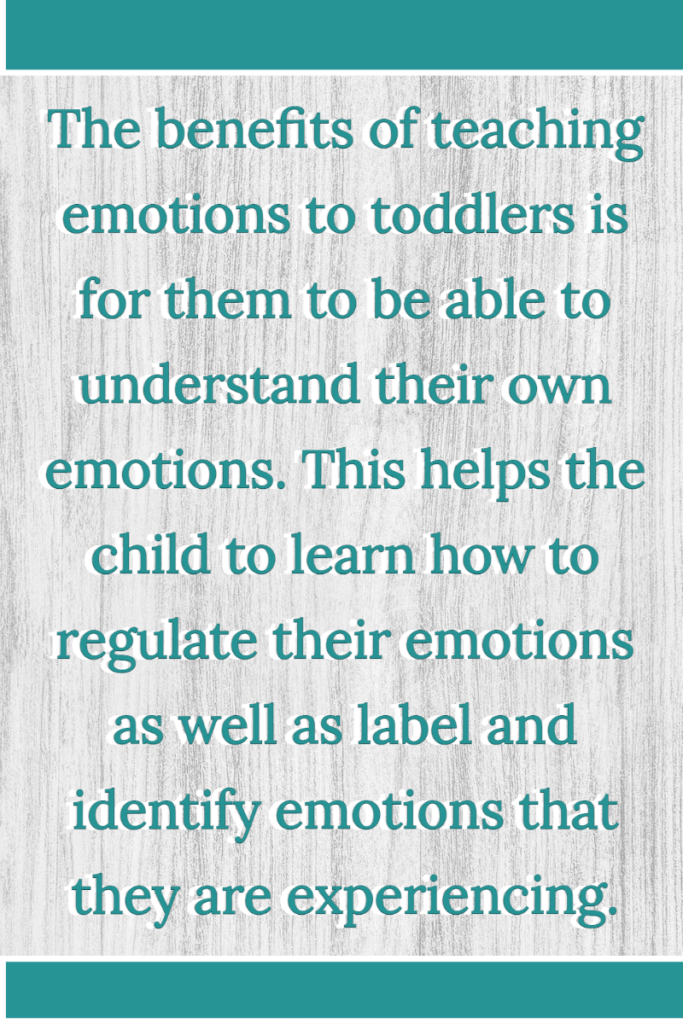
How to teach emotions to toddlers
When thinking about how to teach emotions; it is important to remember that this is a unique topic that requires time more than a one-week theme. Teaching emotions is a lot like peeling an onion there are many layers and it takes time. There are many ways you can go about teaching emotions to toddlers. Step one is to label emotions and talk about how you feel when you are experiencing them. A child can not learn to label an emotion if they do not know what the feeling is. This can be done in many ways, my favorite is in the natural environment. So let’s say a child falls on a playground and they are crying. Labeling that feeling of being sad because they are hurt is vital. It takes many of the same or similar experiences to learn and master how one feels.
Often times children will learn to label others’ emotions first, then their own. This is normal and helpful in teaching about emotions. Through labeling others’ emotions children will learn empathy. For example, when a peer cries and is sad, another child may go up to the child crying and offer a hug or a toy. This action helps teach the child that the peer who is sad needs help and assurance that it will be okay. Sometimes this gesture is helpful and other times they might be rejected by their peer. These are valuable teaching moments and make learning about emotions in real life and time much more valuable. I encourage these moments because they aid in teaching about emotions and these experiences are a more effective tool over time.
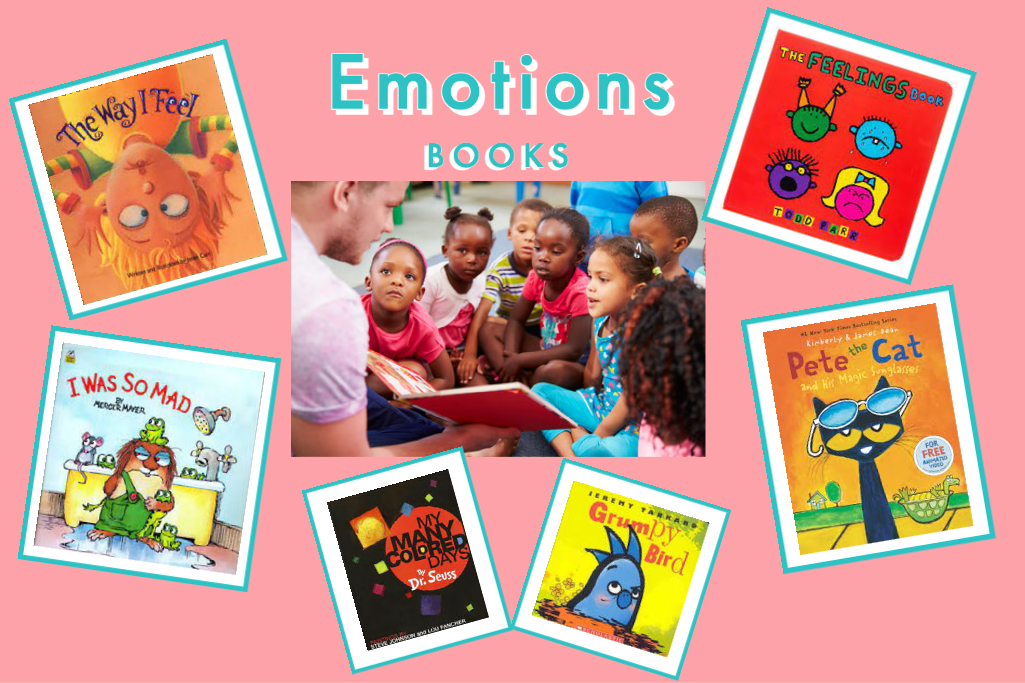
Why teach emotions to toddlers
Teaching emotions to toddlers is so important for their own ability to learn to self-regulate their own emotions and to learn how to be empathetic towards others when needed. These skills are so important to teach at such a young age. It is not only important for a child to know what emotion they are feeling it is equally important to see emotions in others.
For example, when a child is learning that when someone is mad or angry it may not be the time to get too close if their body is unstable. Just like if someone is shy you would not want to scare them. You might offer that peer a toy to play with or give them some time to get used to the environment.
By taking time to intentionally teach emotions we are giving our students the skills that they need to be able to be successful with others and communicate their personal needs. These skills take time to teach, however; once they are mastered they are invaluable tools that will last a lifetime. I don’t know about you but knowing that I am teaching such a lifelong skill is why being a teacher is so important.
In my teachers pay teachers store I have Our Emotions Packet that can help aid in teaching emotions to your toddlers and preschoolers. The resource includes matching with real photos displaying various emotions. Emotions graphs to document how students are feeling. An Emotions wheel can be used to practice how that emotion looks on a face. Posters help label emotions and describe that emotions. These posters can also be placed in the classroom to enhance learning.
Click on the photo below to go to the Our Emotions Packet on the store page.
